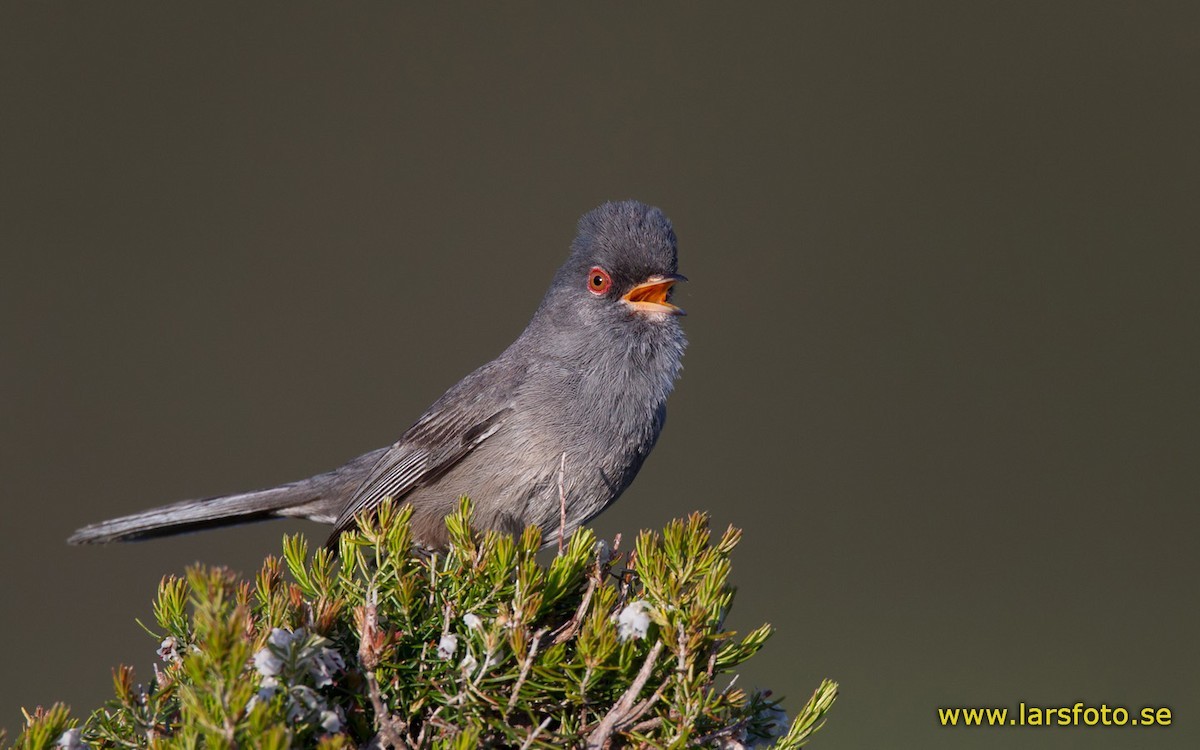Marmora's Warbler
A species of Typical Old World Warblers Scientific name : Curruca sarda Genus : Typical Old World Warblers
Marmora's Warbler, A species of Typical Old World Warblers
Botanical name: Curruca sarda
Genus: Typical Old World Warblers
Content
Description General Info
 Photo By Lars Petersson
Photo By Lars Petersson Description
Marmora's warbler (Curruca sarda) is a typical warbler, genus Sylvia. The specific sarda is a Latin feminine form for a person from Sardinia. It breeds on Mediterranean islands, typically including Corsica and Sardinia. The smaller Balearic Islands bird is increasingly given specific status as Balearic warbler, Curruca balearica. These two seem to form a superspecies which in turn groups with Tristram's warbler and the Dartford warbler. They are generally resident but some birds migrate south to winter in north Africa. They are rare vagrants to northern and western Europe. These are small, long tailed, large-headed birds, overall very similar to their close relatives in the Dartford warbler group. Marmora's warblers are grey above and below, lacking the brick-red underparts of the Dartford warbler. Adult males have darker patches on the forehead and between the eye and the pointed bill. The legs and iris are red. The song is a fast rattle. Immature birds can be confused with young Dartford warblers, which are also grey below, but Marmora's have a paler throat. Their iris is dark. These small passerine birds are found in open country with thorny bushes and heather. 3-5 eggs are laid in a nest in a bush. Like most warblers, they are insectivorous. This bird is named after the Italian naturalist Alberto della Marmora. 
Size
12 cm
Nest Placement
Shrub
Dite type
Insectivorous
General Info
Feeding Habits
Bird food type

 Photo By Lars Petersson
Photo By Lars Petersson